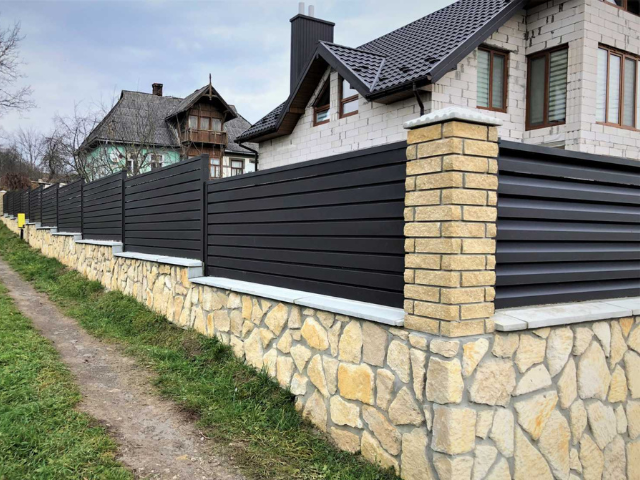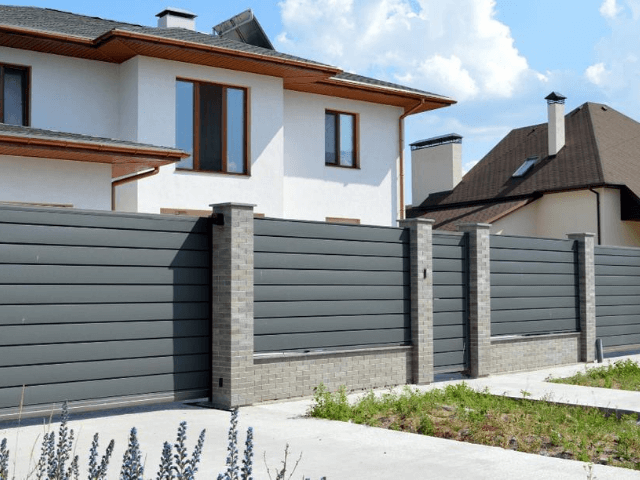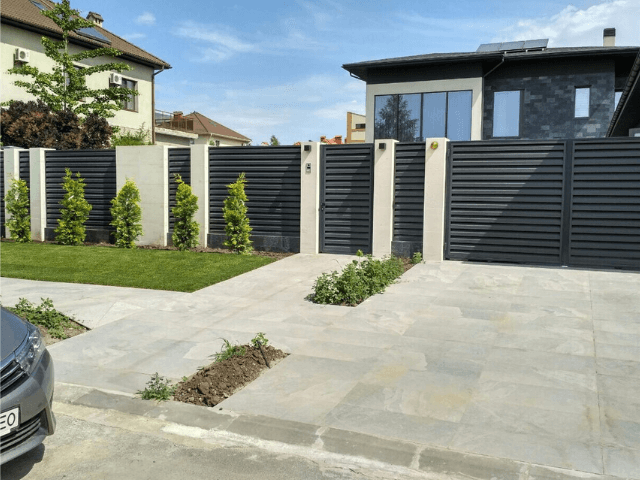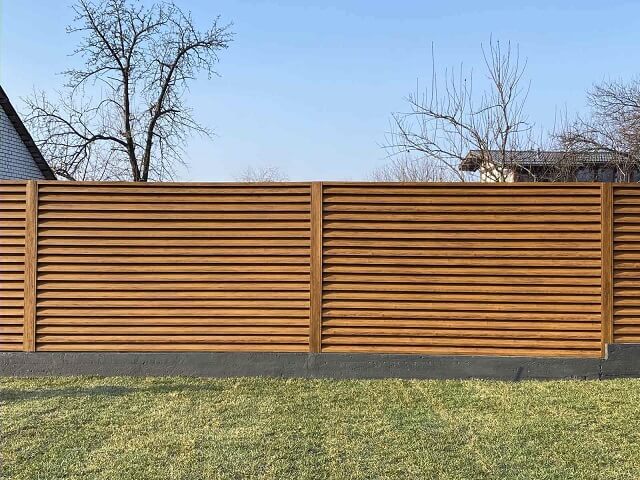In the modern world, where increasing attention is paid to design and functionality, ventilated fences are becoming increasingly popular. This type of fencing combines aesthetic appeal, functionality, and durability, making it an ideal choice for many homeowners and commercial properties.
WHAT ARE VENTILATED FENCES?
Ventilated fences are a type of fencing designed to allow airflow through the fence. This is achieved by using gaps between the fence elements that enable air to circulate easily. These fences can be made from various materials, including metal, wood, and plastic, and can be aesthetically designed to match the architectural style of your home or commercial property.





